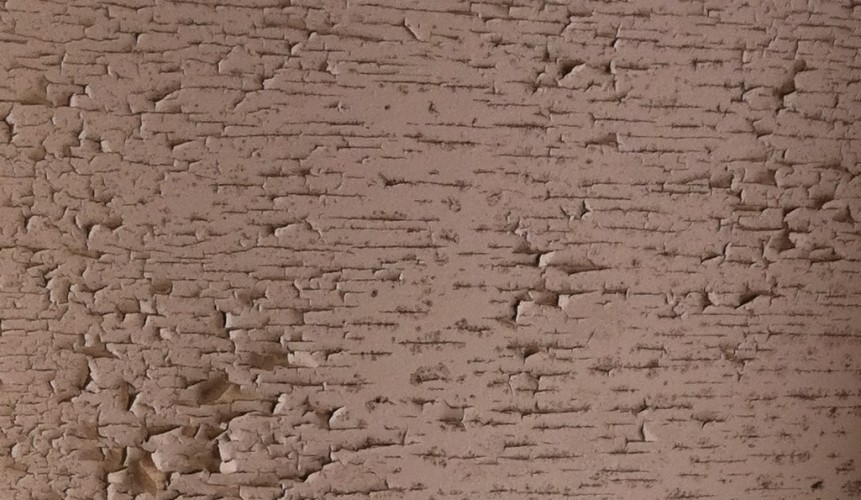
EPA Lead Renovation, Repair and Painting (RRP) Certification, What You Should Know
Interview with Justin Graham, Senior Project Manager
Justin is headquartered in ACC’s Southern California Office. He is a CertifiedAsbestos Consultant and Lead/Paint Inspector/ Risk Assessor, with over 12 years of survey, project and construction management experience. Mr. Graham is the primary Southern California instructor of our EPA Lead RRP certification courses as well as other training courses offered by ACC.
Who is subject to the EPA – Lead – Based Paint Renovation, Repair and Painting Program Rule?
Anyone who works for compensation in pre-1978 housing and child-occupied facilities, including, but not limited to, painters, general contractors, remodeling contractors, HVAC contractors, etc.
In what type of situations would it be necessary for my contractor to have EPA certification and training?
The RFP rule applies to Target Housing and Child-Occupied Facilities. Target Housing is defined as any pre-1978 housing. Exceptions to the definition of Target Housing are:
- Zero-bedroom dwellings, such as a college dormitory or studio apartment.
- Housing for the elderly.
- Housing that has been tested by a California Department of Public Health licensed Inspector/ Risk Assessor and found to be free of lead-based paint.
Definition: Child-Occupied Facility – is a building, or portion of a building, constructed prior to 1978, visited by the same child, 6 years of age or under, on at least 2 different days within any week, provided that each day’s visit lasts at least 3 hours, the combined weekly visit lasts at least 60 hours. Such facilities may include, but not limited to, day-care, care centers, preschools and kindergarten classrooms.
How does this regulation change the way repair work is done?
The EPA RRP Rule requires anyone performing remodeling, renovation and painting contractors and most other trades who work in pre-1978 housing for compensation and who might disturb painted or coated surfaces to become an EPA Certified Renovator by taking one-day Lead Safe Work Practices RRP class from an EPA accredited training provider. The class instruction goes over all the rules and regulations pertaining to working in pre-1978 housing and child occupied facilities along with the requirements on how painted/ coated surfaces should be handled. Students will be advised on not only regulations, but how to properly control the spread of lead dust, proper work area/ containment set up, proper dust control procedures during the conduct of their work and proper clean up when finished and final inspection procedures.
What are the consequences of not being certified in Lead RRP/ hiring an uncertified firm? Can you provide an example?
EPA may fine contractors/ firms up to $37,000 for non-compliance and both firms and contractors can be found negligent in a court of law.
To learn more on Recent Violations visit,
http://epa.gov/compliance/resources/cases/civil/tsca/lrrprule.html
Do all pre-1978 buildings contain lead-based paint? In what circumstances is abatement necessary?
No. In fact a majority of the lead-based paints were voluntarily phased out of the housing stock by the 1960’s. Upon performing hundreds of lead inspections over the years, I have discovered that most housing built between 1960-1978 contains little to no lead-based paint. A property owner can have a California Department of Public Health Lead Inspector/ Risk Assessor to determine what (if any) lead-based painted components exist. A property owner should have their properties inspected and tested to determine whether or not they can qualify for exemption in 24 CFR part 35 and 36 CFR part 745 for target housing being leased that is free of lead-based paint, as defined in the rule. Even if it turns out that one or two components contain lead-based paint, only those components would need to adhere to the RRP rule if impacted.
Abatement in the form of removal, encapsulation, enclosure or interim maintenance controls are required for any known lead-based paints in a deteriorated conditions that is causing it to chip, flake or peel away from it’s substrate. Otherwise lead-based paint may remain on a property as long as it is maintained intact.
Do you have additional questions about the EPA RRP Rule? If so, please contact Justin at jgraham@accenv.com or check out the EPA website at http://www.epa.gov/getleadsafe/.

